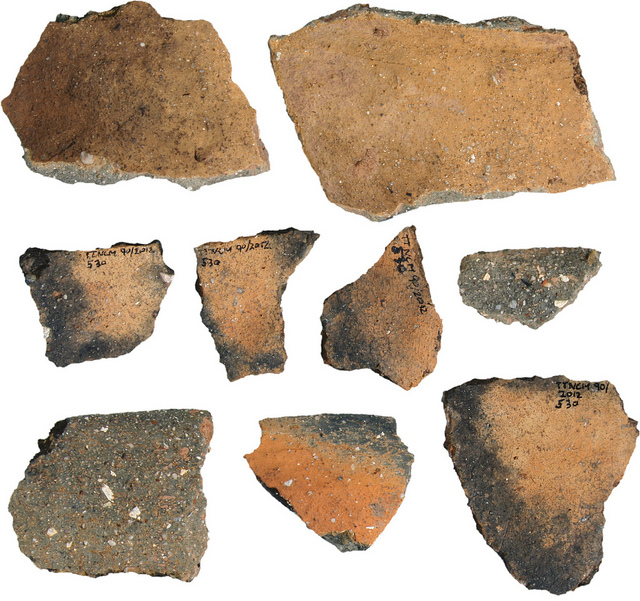Love-hungry teenagers and archaeologists agree: But while the difficulties of single life may be intractable, the challenge of determining the age of prehistoric artifacts and fossils is greatly aided by measuring certain radioactive isotopes.
How Does Carbon Dating Work
Until this century, relative dating was the only technique for identifying the age of a truly ancient object. By examining the object's relation to layers of deposits in the area, and by comparing the object to others found at the site, archaeologists can estimate when the object arrived at the site.
- my best friend is dating my boyfriends best friend!
- best dating website tokyo!
- Carbon Dating.
- ga dating sites!
- gratis online dating sverige!
- .
The half-life of carbon is 5, years, so carbon dating is only relevant for dating fossils less than 60, years old. Radioactive elements are common only in rocks with a volcanic origin, so the only fossil-bearing rocks that can be dated radiometrically are volcanic ash layers. Carbon dating uses the decay of carbon to estimate the age of organic materials, such as wood and leather.
Could you use radiocarbon dating to determine the age of a stone artifact
The study of stratigraphy enables scientists to determine the age of a fossil if they know the age of layers of rock that surround it. Biostratigraphy enables scientists to match rocks with particular fossils to other rocks with those fossils to determine age.

Scientists use carbon dating when determining the age of fossils that are less than 60, years old, and that are composed of organic materials such as wood or leather. The time required for half of the nuclei in a sample of a specific isotope to undergo radioactive decay. The study of rock layers and the layering process. A method of estimating the age of an artifact or biological vestige based on the relative amounts of various isotopes of carbon present in a sample.
Carbon Dating | pcppk.com
There are several different methods for estimating the ages of fossils, including: The impact of the radiocarbon dating technique on modern man has made it one of the most significant discoveries of the 20th century. Archaeology and other human sciences use radiocarbon dating to prove or disprove theories.
Over the years, carbon 14 dating has also found applications in geology, hydrology, geophysics, atmospheric science, oceanography, paleoclimatology and even biomedicine. Radiocarbon, or carbon 14, is an isotope of the element carbon that is unstable and weakly radioactive.
Dating the Fossils and Artifacts that Mark the Great Human Migration
The stable isotopes are carbon 12 and carbon Carbon 14 is continually being formed in the upper atmosphere by the effect of cosmic ray neutrons on nitrogen 14 atoms. It is rapidly oxidized in air to form carbon dioxide and enters the global carbon cycle.
- dating dallas winston would include!
- carbon dating.
- mature dating sites australia!
- Accessibility Navigation.
- dinosaur soft tissue carbon dating!
- darwin dating sites!
Plants and animals assimilate carbon 14 from carbon dioxide throughout their lifetimes. When they die, they stop exchanging carbon with the biosphere and their carbon 14 content then starts to decrease at a rate determined by the law of radioactive decay. Radiocarbon dating is essentially a method designed to measure residual radioactivity.
By knowing how much carbon 14 is left in a sample, the age of the organism when it died can be known. It must be noted though that radiocarbon dating results indicate when the organism was alive but not when a material from that organism was used.
What is Radiocarbon Dating?
There are three principal techniques used to measure carbon 14 content of any given sample— gas proportional counting, liquid scintillation counting, and accelerator mass spectrometry. Gas proportional counting is a conventional radiometric dating technique that counts the beta particles emitted by a given sample. Beta particles are products of radiocarbon decay.
In this method, the carbon sample is first converted to carbon dioxide gas before measurement in gas proportional counters takes place. Liquid scintillation counting is another radiocarbon dating technique that was popular in the s. In this method, the sample is in liquid form and a scintillator is added.
